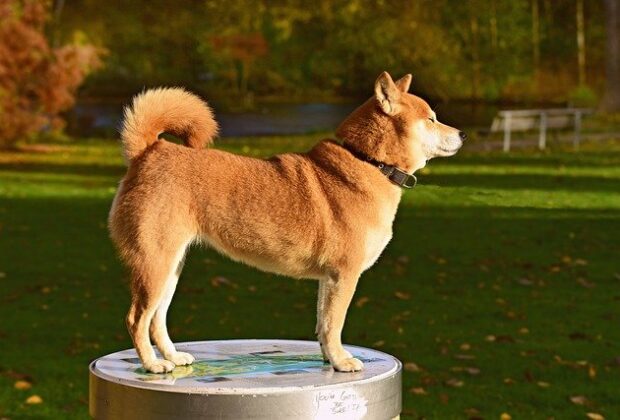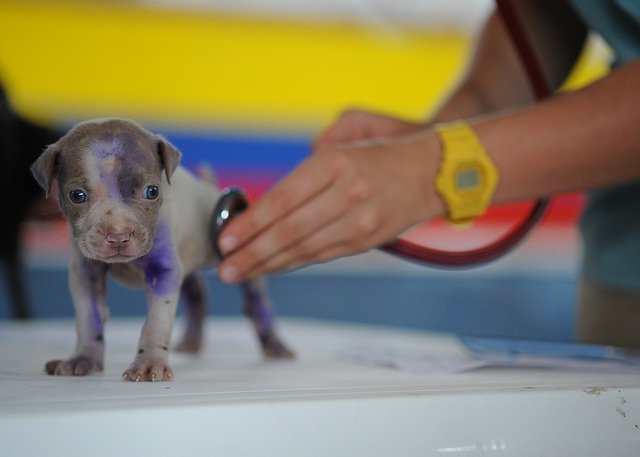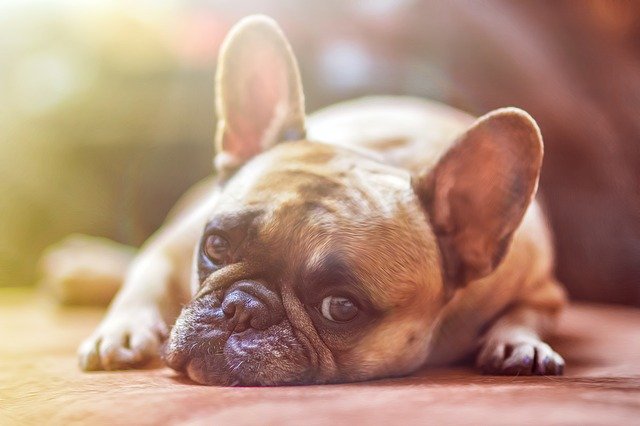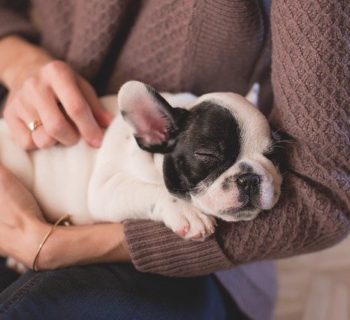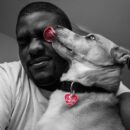When getting a collar for your pooch, there are several things you should put into consideration because purchasing a collar should never be done on impulse. So, in this article, I'll discuss buying a collar for your dog, using one, how tight a dog collar should be, the different types of collars, and other details.
Table of Contents
What Is a Dog Collar?
An essential canine accessory, a dog collar, performs many roles, including helping to manage, control, beautify, and protect your dog. Many dog collars can also be used for storing identification data and other important information for the dog's safety. This can include information like your home address, phone number, the canine's name, and vaccination status for if your dog ever runs or way or gets lost.
There are also special colors serving specific purposes, such as those designed to repel fleas, ticks, reduce or stop barking, and even those for training specific instructions into your canine.
Dog collars are usually made of solid leather, textile, or metal materials. I will discuss these collar types and some of their advantages below.
Types of Dog Collars
Textile Collars
One of the most commonly found collars, textile collars, are sometimes preferred because of their lightweight nature and affordability. They are found in several styles and are usually waterproof or nylon. While it is generally cheaper than the other two collar types, it is often not as durable, especially if the fasteners are made of non-metal chips.
Leather Collars
Unlike the textile collars, these types hold a lot of advantages over the other types of collars. It is durable, and when designed with genuine leather alongside quality care, you can use it for several decades. However, it is usually more expensive, heavier than textile collars, and not as water-friendly as the other types.
Metal Collars
These types of collars are commonly designed as chain collars and are also best used for shorthaired dogs. While they are longer-lasting, they can easily cut into the dog's skin when placed too tight. These collar types are also more susceptible to rust/surface corrosion, especially the low-quality ones.
Collars With Specific Purposes
Aside from the above types of collars, there are also collars made for specific purposes e,g, for preventing excessive barking, fleas repellant, GPS, etc. These should only be used for the condition specified and not just for everyday use.
Anti-bark Collar
These types of collars are designed to prevent or reduce excessive barking. They are usually made to send out electrical pulses or gases in front of the nose to suppress the barking. It is best reserved for training purposes alone as it is restrictive, and barking is a natural behavior even though some dogs tend to bark more than others for various reasons.
Flea and Tick Collar
Also known as anti-parasitic collars, flea and tick collars, as the name suggests, are designed to keep pests away from our puppies. This is done through a chemical in the collar that kills and repels these pests. However, it is only intended to be a temporary treatment for flea or tick problems.
GPS Collar
These collar types are designed for outdoor use. Dog owners who leave their dogs unattended outdoors or own dogs that tend to stray may find a GPS collar useful. The collars help you locate your dog's position on the accompanying app on your smartphone or PC. You can also get a regular collar and then attach a GPS to it.
Reflective Collar
These types are designed to be safety accessories in the dark. It can come in handy when you go jogging or walking with your dog at night or early morning. They are commonly available in nylon and silicone materials.
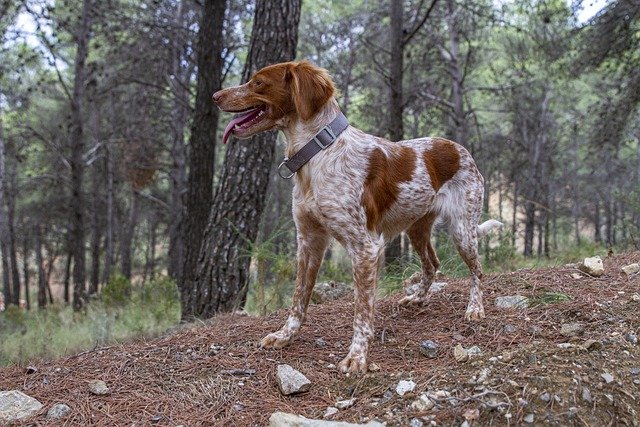
How Tight Should a Dog Collar Be?
So, the big question; how tight should a dog's collar be? A dog collar worn right should sit comfortably around your canine's neck and flat against the fur. It should also be loose enough for one or two fingers to fit between the collar and the coat. And even though collars can add style to your dog's appearance, you should not choose aesthetics over health, efficiency, and comfort for some of the following reasons.
Why You Should Get a Properly Fitting Collar
- A loose collar can slip off your dog's neck, indicating a lack of control
- Your dog could get into trouble; hurt itself in an accident, or hurt others
- Your dog could run away and may be unable to find his way home to you
- A loose collar could easily get caught in furniture and cause suffocation to your dog
- A tight collar can lessen or restrict blood flow to the brain
- May cause fur and skin loss around the neck that may eventually lead to infections
- Tight collars can be uncomfortable to the extent of causing chaffing and pain
Should I Use a Harness Instead of a Collar?
Yes, a harness can be an excellent alternative for a dog's collar as it ensures your dog's overall comfort if you get the right type and size for him. The harness's weight also spreads evenly during the pulling, which protects your canine's spine.
It is usually more expensive than a collar and can sometimes be difficult to set and control on high-energy dogs.
How to Measure Your Dog’s Neck for a New Collar
Using a measuring tape, measure the dog's neck circumference and add two inches. The extra two inches is the final measurement, which is the size of the collar needed. However, with a tiny dog, you want to make it only an extra inch and if very big, make it 2 ½ or three inches.
After measuring and buying, ensure that it feels comfortable and not tight or too loose. Again, one way to tell is by fitting one or two fingers under the collar or just one finger if it is a small dog.
How Wide Is the Collar?
The collar's width is another important factor to consider when choosing a dog collar for your canine. High energy/large/strong dogs will require and benefit in no small way from the support of a large collar. These collar types reduce pressure on their necks and spine.
On the other hand, smaller breeds are best fitted with thinner collars. If you have problems getting a suitable collar or the right collar measurement for your dog, you should seek your vet's or an expert pet handler's opinion on it. Only use a collar if it meets all the canine collar requirements.
That said, regularly check your dog's collar to ensure that it is still a good fit. You don't want your dog suffocating from it or sliding off the collar down the road. And it happens; canine weights, just like their humans, can change. So, regularly check the collar to loosen or tighten it from time to time if need be. Besides, it is also a good way to keep a close watch on your canine's weight and prevent obesity or weight loss from possible poor nutrition.
How Tight Should a Dog Collar Be? Conclusion
Canine collars remain valuable accessories, and as such, certain factors should be considered when getting one. We discussed some of these factors alongside dog collar types and how to fit a collar. Hopefully, this article helps you better understand how to use collars better and helps you make adjustments if needed.
We must mention here that it is best to buy an adjustable collar for your canine. Unless you intend to buy a new collar every time, you have to remember that dogs develop rapidly in their first few years of life, and you want to be able to adjust their collars as they grow. With puppies, this is especially important; their necks continue to grow, and the last thing you want is to see your pup suffocating from a tight collar.
A collar should also not be too loose on a puppy, or it will slide out easily. Follow the measurement methods above to get just the suitable collar fit for your pup, one that isn't too loose or too tight for him.
About the Author
Kirsten Heggarty
Kirsten created The Pet Handbook with the aim of sharing her knowledge about pets, pet food, healthy habits, and more. All of her advice is based on years of her own experience with her pets, and feedback that she has received from grateful readers about her tips. If you want to know more please read the About Me page.

